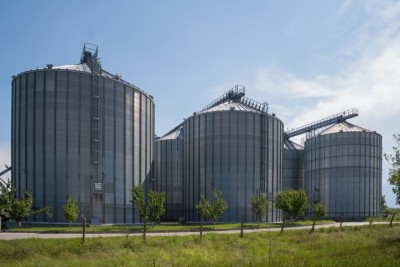Agri-commodity tracker: Competitive Black Sea supplies and heavy feed grain balance could weigh on wheat prices

The corn planting trend in Argentina is something to watch over the coming weeks with ongoing dry weather causing concern, notes the latest outlook from the AHDB.
“Longer-term, ample global [corn] supplies are still expected,” said the analysts.
Looking to prospects for wheat, and in the short-term, Southern Hemisphere crops remain in focus, with weather again a key watchpoint. Longer-term, competitive Black Sea supplies and a heavy feed grain balance will likely weigh on prices, reads the AHDB review.
Much like wheat, Australian weather is a key driver in barley markets short-term. Longer-term, barley prices continue to follow the wider grains complex, found the analysis.
According to Refinitiv, agricultural producers in Ukraine believe that a new Black Sea grain corridor could enable exports of up to 2.5 Mt of food a month. “While the deal set up by the UN and Turkey expired in July, Kyiv has since opened a temporary humanitarian corridor. So far, a total of 40 cargo vessels have entered the corridor.”
UK feed usage data
The 2023/24 AHDB early balance sheet estimates of wheat and barley were released last week.
They showed wheat usage in UK animal feed production was forecast up 3% on the year. For barley however, usage was forecast down 3% on the year.
“The reason why wheat has seen such an increase and barley such a decrease, is largely due to their relative price.”
The analysts, therefore, expect a higher inclusion rate of wheat, and potentially corn, overall in UK feed rations this season at the expense of barley.
Last season’s total feed production figure, though, was the lowest since 2011/12, and as it stands, a significant rebound this season is unlikely. “High input costs, and therefore struggling margins leading to declining herd numbers were largely the reason for lackluster feed demand last season.”
US soy crop status
Last week the US Department of Agriculture (USDA) reported that 62% of US soybeans had been harvested. “This progress is ahead of the five-year average of 52%, and also exceeded trade expectations, which ranged from 54-60%.”
Strong demand continues for US soybeans, commented the AHDB team.
“At the start of last week, the National Oilseed Processors Association (NOPA) estimated that US soybean crush was 165.5 million bushels in the month of September, above expectations. It was also estimated that US soy oil stocks were at their lowest in nine years. This supported Chicago soyabean markets at the start of the week.”
Soybean planting challenges in Brazil
Again, on the oilseed front, there are weather issues in Brazil.
“Drought in the northern part of the country is delaying the ongoing soybean plantings. Despite the rapid start to the campaign, it was reported last Friday that Brazilian soybean plantings were estimated at 29.9%, below the same point last year when plantings were at 37.6%.
There is apprehension that scarce rains combined with elevated temperatures could lead to both lower yields and replanting of some areas, said the AHDB experts. “In the south of Brazil, excessive rains in areas like Rio Grande Do Sul is leading to planting delays.”












